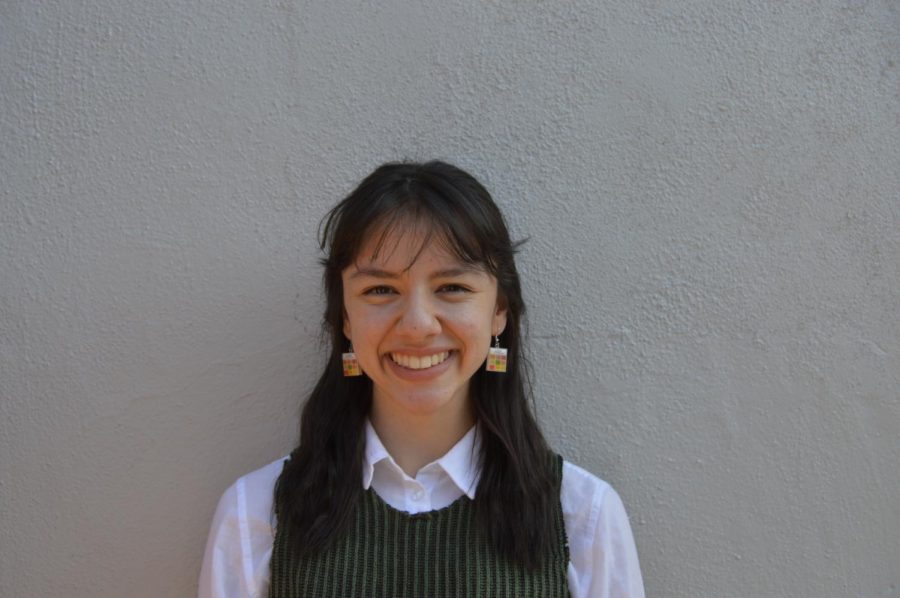A&E: Melina’s Booket List: ‘How to be an Antiracist’
More stories from Melina Kritikopoulos
In June 2020, nearly all of social media underwent a massive tonal shift after the May 25 killing of George Floyd. As infographics and resources regarding the ever-growing Black Lives Matter movement filled my feed, one book continued to show up: Dr. Ibram X. Kendi’s “How to be an Antiracist.”
In “How to be an Antiracist,” Kendi explores the history of racism, broken down into subjects including “color,” “class” and “sexuality,” weaving his research on racism into the story of his life. This humanizing aspect helped me to sympathize better with the people who endure injustices everyday.
In each chapter, Kendi defines and redefines terms I thought I knew the definition of, breaking the subjects of racism and antiracism down to their cores. He often discusses a topic, and then exposes the racist, antiracist, segregationist and assimilationist viewpoints on the topic. I learned that many of my learned biases are closer to the “assimilationist” viewpoints, and through reading this book, I was able to consciously change these into antiracist viewpoints.
“How to be Antiracist” provides not only an intense analysis of how racism is rooted in the U.S., but for me, a new way of learning history. The book essentially gives a history of Black culture from the beginning of colonization to present day, information not readily learned.
Throughout the book, Kendi stresses the importance of separating ideas from groups. He tells readers to challenge and abolish racist ideas and policies, not people and shows that being antiracist is not being anti-White, it is being pro-equality.
Kendi makes a point to criticize all types of people, including Black authors and Black people who are colorist or racist within their own communities. He touches on the importance of criticism in order to grow. By revealing his own faults, Kendi allows readers to feel more comfortable recognizing their learned biases. As Kendi writes, “Self-critique allows change.”
I am not a perfect antiracist after reading Kendi’s book, but I can say with certainty that I am more aware of the people I coexist with. Those of us who are not part of the Black community should take the time and effort to learn about our biases and check them everyday. Kendi’s book is a poignant lesson in combating injustice and hate. When diving into “How to be Antiracist,” a reader need only be willing to experience temporary discomfort and conscious self-reflection in the interest of change.


